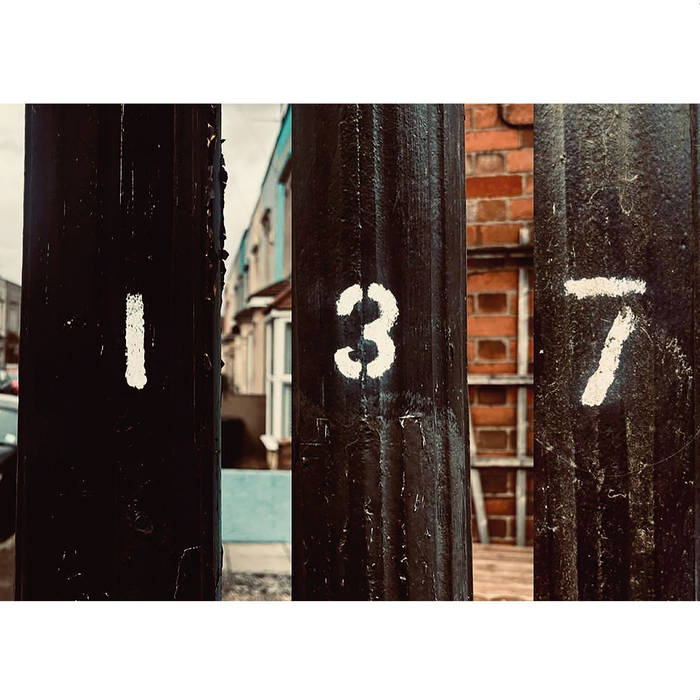137 is a number of apparent cosmic significance for materialists and mystics alike. At their own estimation, the group play post-jazz art rock. To that end, they may be this emerging genre’s first supergroup. Forget notions of bloated big-name excess though, 137 lean more toward a musicians’ musician ensemble – think Last Exit rather than SuperHeavy, their constituent parts having blazed a collective trail through every decade of British musical life since the 1970s. The careers of Larry Stabbins, Adrian Utley, Sebastian Rochford and Jim Barr encompass, far from exhaustively, Working Week, Portishead, Sons of Kemet, Robert Wyatt, Jerry Dammers, David Byrne and Brett Anderson. Yet refreshingly, the anxiety of influence casts no shadow on this album. It is as sharp and pointed as you might hope a one-take, two-day recording to be, without the undercooked and extraneous experimentation that might also have arisen from such a necessarily hasty approach.
All music may begin in improvisation, but as a form of entertainment, ‘improv’ can sometimes cater to the needs of the participants more than those of the listener. The uninitiated must hope that what might be only of possible interest to the players, is nonetheless likely to please an audience who want familiarity first. I don’t know whether 137 sense this or not, but put crudely, this is an album of improvisation and fusion for listeners who don’t (think they) like either, or at least consider one inaccessible, the other gauche, and both approaches too indulgent by half. Although the players have impeccable avant-garde credentials, musically 137 pop the mainstream jugular, as all four members have accessibility in their musical muscle memories, having been part of successful chart acts as well as creative innovators.
Formally, the album’s eight tracks tremble and bristle together like post-rockers Mogwai, had they cut their teeth on Weather Report and Barry Adamson. The hot and clammy mix is deliberately rockist, and the animal spirits of the players closer to a thrillingly undisciplined cacophony than anything borne of jazz ‘orthodoxy’ (which Stabbins has always considered a contradiction in terms). While even the wilder shores of the album can sound like a safer version of experiments some of these musicians have tried more ‘purely’ in other places (particularly Stabbins’ Monadic, an album that contains some of the most uncompromising noises that have ever come out of a saxophone), wilful adulteration is 137’s secret weapon.
‘Bad Ass’ is a demonic version of ‘Baker Street’ executed by the house band of Tartarus, a guilty pleasure where the latent potential of a dodgy song is teased out into something innovative and inventive (the latter part metastasising into ‘Careless Whisper’ torn apart by horses), at the same time as summoning vulgarity and vitality from notions of good taste and refinement. The session wraps on another high (‘First idea, Part 2’), the instruments tuning up backwards into a psychedelic-motorik cavalcade, leading not towards the autobahn, but on to other, Sun-Ra-esque dimensions, until every last sound is squeezed through the portal to join the preceding seven tracks in euphonic Valhalla.


